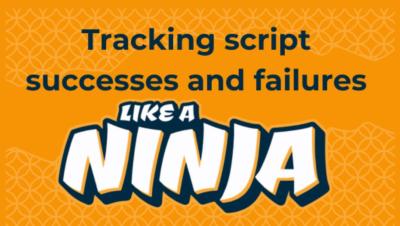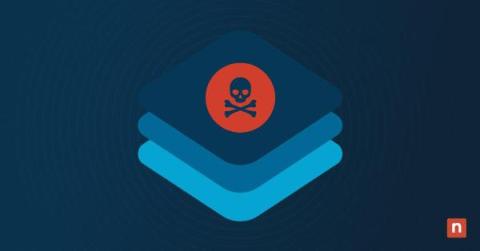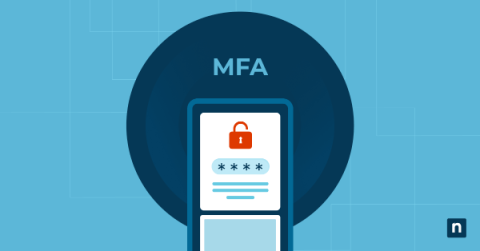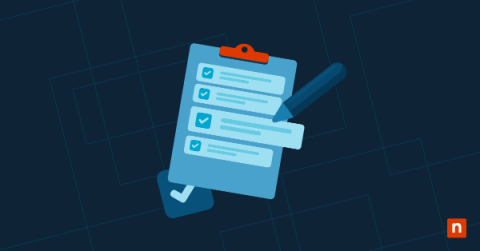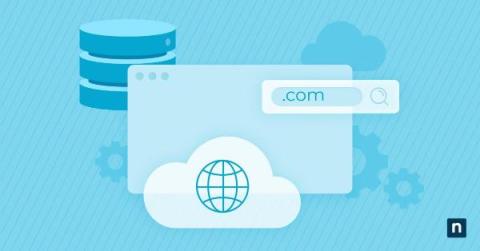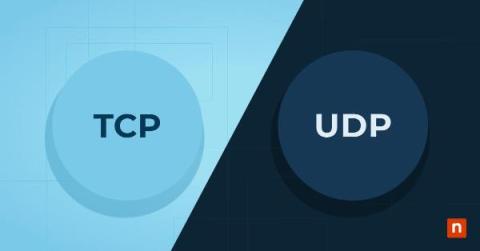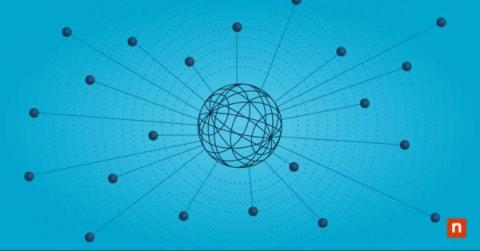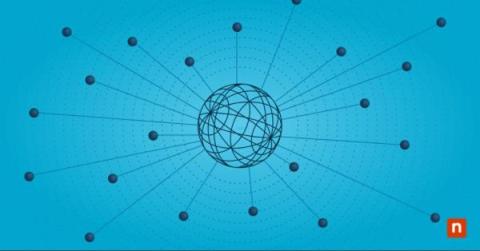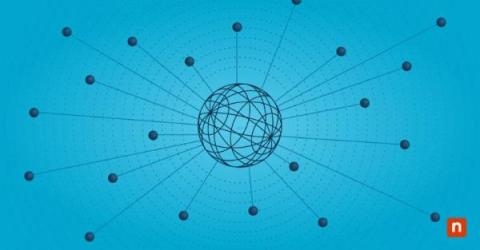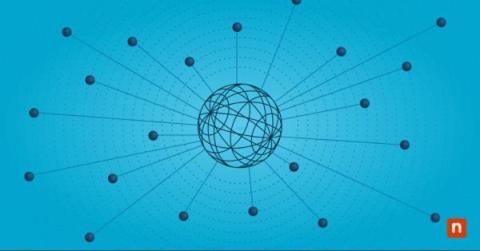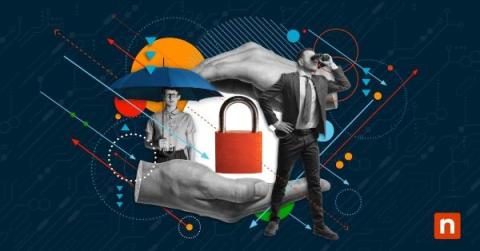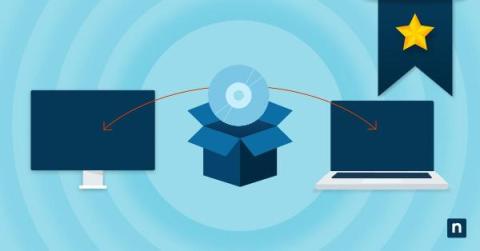10 Best IT Management Software
IT management software plays a critical role in ensuring operational efficiency for businesses and supporting remote workers. IT management encompasses a wide range of tools designed to support IT professionals, help organizations enhance the security of their IT infrastructure, and optimize the use of all hardware and software assets. IT management software also equips businesses with tools like regular patching and backups to strengthen the security and resilience of their IT infrastructure.



